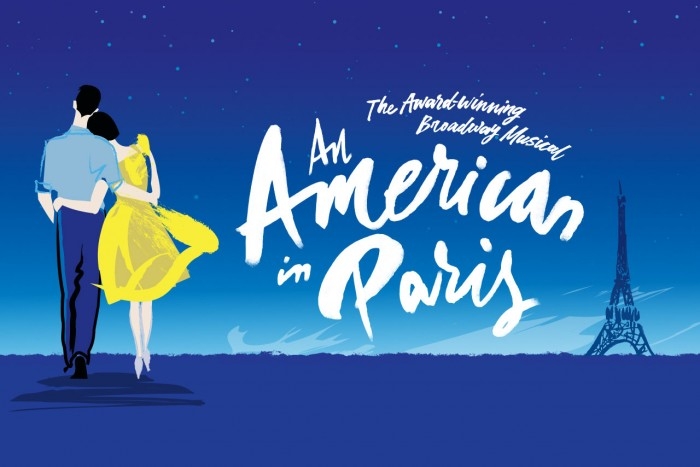Cultural Icon: The American in Paris

The 2015-2016 seasons on Broadway marked the triumph of the American in Paris, with the two musicals An American in Paris and Hamilton sweeping the Tony Awards.
With national tours throughout the United States, and the West End productions planned for 2017, now is the time to get behind musical theater's newest trope: the American in Paris. In Lin Manuel Miranda's latest hit Hamilton, Thomas Jefferson gets the point across by proclaiming "And they say I'm a Francophile: at least they know I know where France is." In An American in Paris, it's the post-war love affair between American G.I. Jerry Mulligan and a Parisian dancer. Based on the 1951 Golden Globe and Academy Award-winning film (and the George Gershwin composition of the same name), An American in Paris has become a classic narrative of the American expatriate. Personifying the romance between America and its oldest ally, France, this iconic musical offers a glimpse into the history, culture, and struggles that have been shared between both nations.
Still from An American in Paris. Image credit: Matthew Murphy
The mythology of the "American in Paris" started with the birth and flourishing of the young nation — from francophile Founding Fathers Benjamin Franklin and Thomas Jefferson to "Lost Generation" chroniclers Ernest Hemingway and F. Scott Fitzgerald during the interwar period. When walking the streets of Paris today, the signs of this love affair are everywhere — streets and plazas named in honor of Americans who contributed to the City of Light. On the right bank, for example, there is Avenue du Président-Wilson and Avenue Franklin-D.-Roosevelt. The American war hero is an ever-present theme in musicals as in the real world.
It was President John F. Kennedy's trip to Paris with his wife Jacqueline in 1961 that truly immortalized the American connection with Paris. Through the words "I am the man who accompanied Jacqueline Kennedy to Paris, and I have enjoyed it," the presidential family became a household name in France. Today, Paris has an Avenue du President-Kennedy in the 16th arrondissement. And with movie posters featuring Natalie Portman in the Oscar-Nominated film Jackie plastering the streets of Paris, it's as if the Kennedys never left the city.
Before the United States emerged as a global power in the First World War, the nation was perceived as young, innocent and naive. Embodied by the titular character of Henry James' novella Daisy Miller, the image of the American tourist and expatriate emerged center-stage as a cautionary tale.
Published in Cornhill Magazine in 1878, the story was originally ill-received by Americans and debated by the English for the nature of Daisy's character. Despite her questionable morals, she becomes the object of desire for her compatriot, Frederick Winterbourne. While high society, social image, and family play important roles in the story, it begs the question of "what's in a name(sake)?" While Winterbourne may be "a stream run dry" in comparison to the "blossoming flower" that is Daisy, the springtime of her life nevertheless ends in her wilting away. Having been "the flame that burns twice as bright," the tragedy of this "modern" and "opportunistic" American failing to survive in the foreign terrain was her own doing.
Still from An American in Paris. Image credit: Sara Krulwich.
With a relationship as old as their revolutions, the United States and France have always shared a unique intimacy. An American in Paris isn't just some catchy title for a classic musical, it's the expression of a cultural fascination that has become iconic. For many of us Americans living abroad in Paris, it's an identity and way of life.










